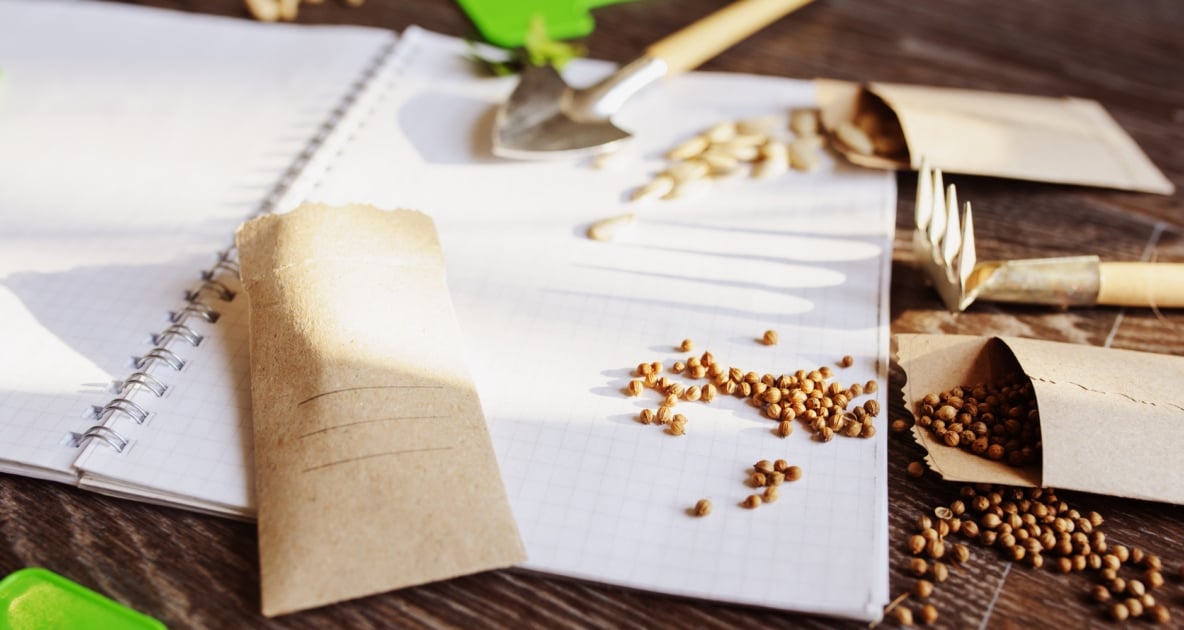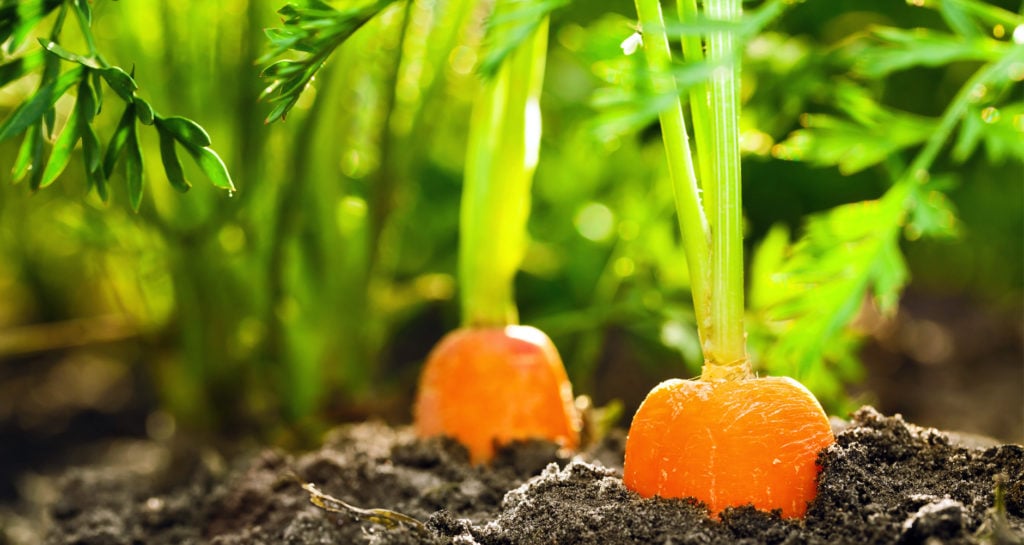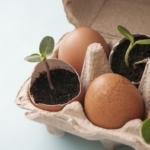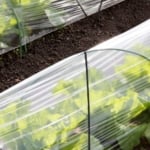Don’t Wait! Plan Your Garden Now!
It might still be winter outside but it’s never too early to start planning your home vegetable garden. Start now!

Even though it’s winter outside it’s never too early to start planning your home vegetable garden. If you’ve already set to work organizing and ordering your seeds for the season, you’ve already started the very beginning stages of planning just by deciding what you want to grow. Depending on your gardening style, the coming months could involve lots of preparation, like organizing your tools and purchasing new ones, securing a source of nutrient rich compost, starting and caring for your seedlings, and finally tilling and prepping your soil for planting. Another important, and often overlooked, step to planning your garden includes putting together a reliable garden plan.
Read: Seed Starting Basics – Here’s when and how to get your seeds growing indoors
Grab A Sheet of Paper!
Designing your garden on paper ahead of time is an important step in planning your garden, and can make the difference between a well-organized and successful garden or a chaotic and poorly managed one. You don’t need anything fancy, just a sheet of paper.
Depending on the size and shape of your garden, there are a number of different design approaches. You may have typically divided your garden into long rows or approached it using a method of block planting to increase higher yield. Before starting your design on paper, you will want to decide generally how you want your vegetables to grow. Your design will be based in part on your motives and goals for your garden. Is your goal to get the highest yield out of the smallest space? Are you hoping to market your vegetables or preserve and store them? Are you looking to minimize the amount of weeds that grow? Or is your priority to create a unique and aesthetic garden with less of an emphasis on production?
Read: Companion Planting – Which Plants Grow Best Together?
Good Measure
After you decide the size and shape of your garden, rows versus blocks or square raised beds versus circular, you will want to measure the dimensions of your growing area, if you haven’t already. A simple spring-loaded tape measure will do the trick. Make sure to measure the length and width.
Next, recreate the shape of your growing space on a piece of blank paper. Graph paper is an ideal choice, because it allows you to draw your garden to scale. Since spacing is often an issue for many gardeners, making your garden design to scale from the beginning will help you to provide adequate spacing for your plants as you put them in the ground. A good rule of thumb is to use the squares on the graph paper to represent a 3″ by 3″ inch space in your garden. This means that four squares by four squares (16 squares total) on the graph paper represents one square foot in your garden. If your growing space is about 10′ long by 5′ wide, you will draw a box 40 squares long by 20 squares wide on your graph paper (representing a total of 800 square feet). If you have a very large growing space, you can tape multiple sheets of graph paper together, or find a larger drafter’s size piece.
Once you’ve drawn the outline of your growing space, you will want to break it up on paper into rows or beds. A general recommendation is to make your rows no more than 3′-4′ wide (12-16 graph paper squares). Walkways between your beds or rows should be about 18″-24″ wide (5-8 squares). Rows and beds can be as long as you like. If you plan to make your beds circular or curved, it will be a little more difficult to draw them to scale using the graph paper, but the squares will still give you a sense of square footage for each bed.
After you have your beds or rows laid out, the next step is to “plant” your vegetables in the squares by drawing them in. To “plant” your vegetables to scale on your graph paper you may need to use your seed packet as a guide for proper plant spacing, or research the recommended spacing for mature plants if you plan to buy seedlings. For example, a typical seed packet suggests planting tomatoes with 24″-36″ of space between plants in the same row – rows should be 4″-5′ apart, depending on the variety. Therefore, on your graph paper you would separate your tomato plants in the same row by 8 to 12 squares and keep your other tomato plant rows approximately 16 squares apart.
Block-Style Gardening
Many gardeners like to plant using a block-style method, which helps to increase yield and reduce weeding. Block-style gardening involves planting your vegetables in rectangular blocks versus long rows, eliminating the number of pathways and increasing growing space. Vegetables are planted with equal distance spacing in all directions, helping to maximize what you can grow in a small space while also providing an environment that is difficult for weeds to grow in. Block style planting is especially easy to draw to scale on graph paper.
Say you plan to plant a “block” of carrots in your garden that is 4′ wide by 1′ long, and your whole garden is 4′ wide by 20′ long. The recommendation for carrot spacing when planting in blocks is 3″ in all directions. To depict a carrot block on your graph paper garden, place a small orange dot in the center of each of the squares on of a 16 x 4 square section of the graph paper, representing 64 carrots at about 3″ apart (remember each of square represents 3″ by 3″). By doing this, you know you need at least 64 carrot seeds to plant that block of carrots. You’ll do something similar when depicting a “beet block,” placing a red dot every two squares, or 6″ apart, in every direction, as directed on your seed packet.

Crop Rotation
Other things to keep in my mind when putting your garden design together are how much sunlight each part of your garden will receive, what vegetables you planted where last season (crop rotation is important for keeping your soil and plants healthy from year to year), which plants are going to grow tallest and whether they’ll shade out other smaller plants, and companion planting.
This form of garden design takes a little bit of time and patience, but it allows you to do the important problem solving around spacing, and seed and seedling needs, in an organized and visual way. The result is a great garden plan that makes starting seedlings and planting your garden quick, easy, and reliable. Don’t feel you have to stick to this detailed method, though. Even sitting down and drawing out a quick sketch will make a world of difference in preparing you to actually plant your garden when the time comes.
Read about Succession Planting
Online Apps and Programs
We love this drag and drop Kitchen Garden Planner by Gardeners.com
Sherie Blumenthal
Sherie Blumenthal is a Food Access Coordinator with Lots to Gardens, an urban gardening and community nutrition initiative sponsored by St. Mary’s Health System in Lewiston, Maine.







Can you plant centipede sod in south louisiana in late September?
This is a nice tool however I was using the digital planner on this site but I can no longer locate.
Any ideas?
I, too, had seen a digital planner that peaked my interest and when I went back to look into it more, it was gone. Then I realized that “Farmersalmanac.com” was different than “almanac.com” and I had been using both websites without realizing it. The Old Farmers Almanac at almanac.com has the digital planner. I don’t know if they are affiliated, although I tend to think they are competitors.
Hi Jaime,
We are in zone 7 – Oklahoma. So Onions can go in now but where do I find a planting guide for when to direct seed in this zone or start inside plants. My seed packs say 2-3 weeks before last frost, grow inside 8 weeks prior to last frost, etc.
myboots52,
I’m not clear on what you’re asking. Our Gardening By the Moon guide can be found here: https://www.farmersalmanac.com/calendar/gardening
Alternately, if you’re wondering when your average last frost date is, you can find that here: Average Frost Dates
trying to find out what one bussell of purple hull eyes yeild??
I use photoshop to do mine. That way I can make a layer for the garden’s physical layout, and then other layers for vegetables.
With the veggies on other layers, I can simply drag the layers around from year-to-year for crop rotation and companion planting. Works great – 3 years in a row now!
Hey everyone…
I think there are alot of misconceptions about onions… We plant ours in November every year. Yes it has been a bad and cold winter the past few years, but they always start coming up around Febuary. I live in Northeast Tennessee and the freezing temperatures in winter doesn’t seem to bother them during the winter… They will come up when it is time and you don’t really have to worry about them, not to mention we always get onions early and just replant when we pull them… Hope this helps someone out there, and helps with the confusion… By the way, we are in Zone 6…
when do u plant onion sets?